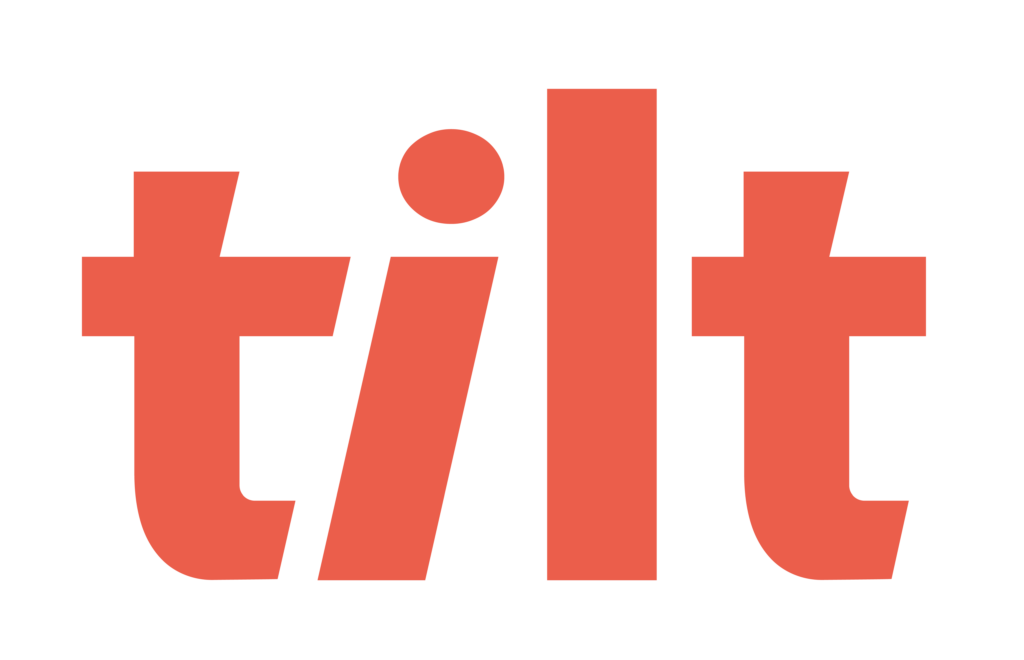It would be disingenuous of us to bury the lead here, so the truth of the matter is that it’s nearly impossible to effectively manage leaves when you’re rockin’ as a People Ops team of 1. When a leave request comes in you do your best to support your people with the tools, systems, and bandwidth at your disposal while trying to juggle the rest of your initiatives.
So why is it so hard to effectively manage leaves of absence with a lean People Ops squad? Well, partially it’s due to the difficulty it is to effectively manage leaves of absence in general, regardless of team size.
The requirements involved in properly managing a leave extends beyond just making sure an employee gets the time off work that they need and returns to work when the leave is over. There’s education, documentation, payroll questions, compliance concerns, navigating state department websites, coordinating with carriers, tracking FMLA hours and being an employee’s go to source for all leave-related twists and turns that may arise throughout the leave journey.
So how can a People Ops party of 1 manage all of this? It’s a lot, so let’s dive in.
Setting Your Organization Up For Successful Leaves of Absence
Educational Resources: Provide your employees with an easy-to-access library of resources that will help your employees understand your leave policies and processes, leave laws and regulations (these change regularly and may be geographically specific, btw), and steps they’ll need to take in order to first request a leave, and then continue on the leave path until reboarding.
Providing educational materials to managers about what’s expected of them (or in most cases what behavior is not acceptable) when one of their direct reports takes a leave can do wonders to keep your organization out of hot water as well.
Clear and Simple Processes for Employees: Having a resource center where employees can access your policies and processes is part of the battle, but the process itself needs to be easy to follow, with a clear outline of what the employee is responsible for and when.
A fast and streamlined leave eligibility process can go a long way to strengthening the relationship with your employees and ensuring that you can support them should a leave request arise at a moment’s notice. If there are hang ups in the eligibility process it can have negative impacts on your employee’s ability to receive benefits and their overall experience with your organization.
Tighten Up Your Tracking: Tracking employee leaves of absence accurately and securely can make or break your management process. Are you tracking on a spreadsheet (it’s okay, you are FAR from alone) that requires manual updating? If so you’re likely trying to:
- Dig into your HRIS for the latest employee demographic data
- Coordinate with payroll
- Monitor FMLA hours and leave policy usage
- Keep tabs of start and stop dates
What you track on your spreadsheet may vary, but the unfortunate truth is that everything above requires your manual effort, can change day-to-day, and can eat up an unreasonable amount of your bandwidth. If you aren’t consistently tracking your leaves with accuracy you run the risk of employees misusing their leave (intentionally or otherwise), under and overpayments occurring, and should a dispute arise, the potential for a lawsuit due to inaccurate management of the leave.
One other thing to consider with your tracking process is version control. Are you using a shared document? Who has access to it? Can someone go in and edit numbers? Does the document live on your hard drive? What if you (heaven forbid) get hit by a bus. Keeping your documents safe and secure and only accessible to folks who need to be in the know is a must.
Speaking of keeping your documents safe and secure…
Documentation and Storage of Sensitive Information: When in doubt, document it. You should be documenting everything pertaining to an employee’s leave from when the leave request was initiated to when a Medical Certification was provided, and any paperwork that was provided by an employee that may (or may not…document it anyway) have sensitive information.
Consider an alternative solution to sending files back and forth in rogue email threads where the wrong person (like a manager) could potentially get information forwarded to them that they weren’t supposed to see. Similarly, if an email with important leave documentation gets accidentally deleted, that can rear its ugly head should a dispute or audit occur.
Communicate (with Empathy): A leave of absence can be a scary experience for an employee. Sometimes what they’re dealing with in real life has shaken their foundation to the core. Sometimes just the prospect of going through the leave process itself can feel overwhelming.
So while it might seem reductive to say empathetic communication is important when managing a leave of absence, its importance can’t be overstated enough. You’re being relied upon as the leave of absence expert for your organization, so when they have questions, which they will, they’re counting on you to not just guide them through it, but to do so in a timely manner while understanding that their life might be a tad traumatic at the moment.
Support Through Re-boarding: Ever see those videos of a runner or a cyclist letting their foot off the gas and arrogantly claiming victory on their way to the finish line only to be passed up by someone sprinting through the tape? This can happen with a leave of absence too in the form of supporting an employee all the way up until they have to return to work, and then they’re on their own.
Set up a reboarding process that can provide your peeps with a smooth landing after a leave. Give their managers tips on how to successfully re-introduce an employee back into the fold (a great document to have in that resource center we mentioned) so that they don’t feel overwhelmed, ostracized, marginalized, or uncertain about their future at your organization.
Software Solutions for Leave Management
Looking through that list you probably realized that it’s 1) lengthy (and it could have been longer, let’s be real) and 2) not scalable. The compliance risks associated with getting leave wrong get amplified at scale if you have manual processes and have to work in multiple systems just to manage a single leave of absence.
With leave requests on the rise, you might want to consider a dedicated leave management software that keeps you compliant, delivers consistent and empathetic leave experiences for your employees, and removes the administrative burden off your back so that even as a team of 1, you can put your leave management woes behind you.
Software solutions for leave management can save a boatload (a standard unit of measure) of time, and can prevent costly lawsuits, missed opportunities for employees to cash in on state benefits, and payment discrepancies. The right software should also provide a truly supported experience through reboarding so employees return engaged and productive, not looking for their next place to land.
About Tilt
Tilt is leading the charge in all things leave of absence management through easy-to-use tech and human touch. Since 2017, our proprietary platform and Empathy Warriors have been helping customers make leave not suck by eliminating administrative burdens, keeping companies compliant, and providing a truly positive and supportive leave of absence experience for their people.







